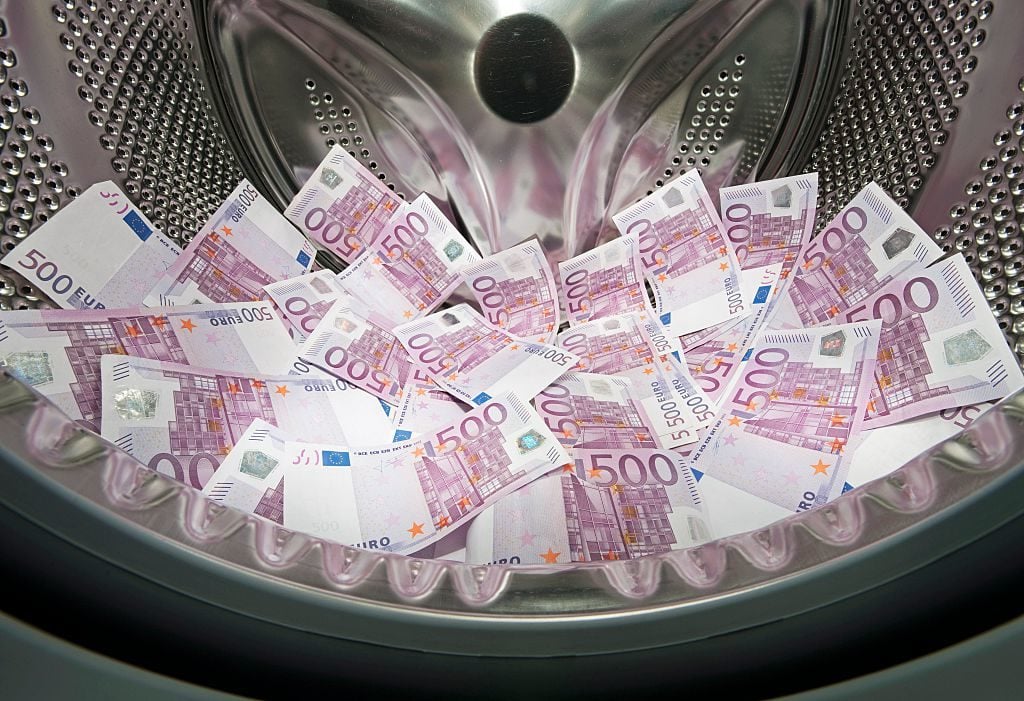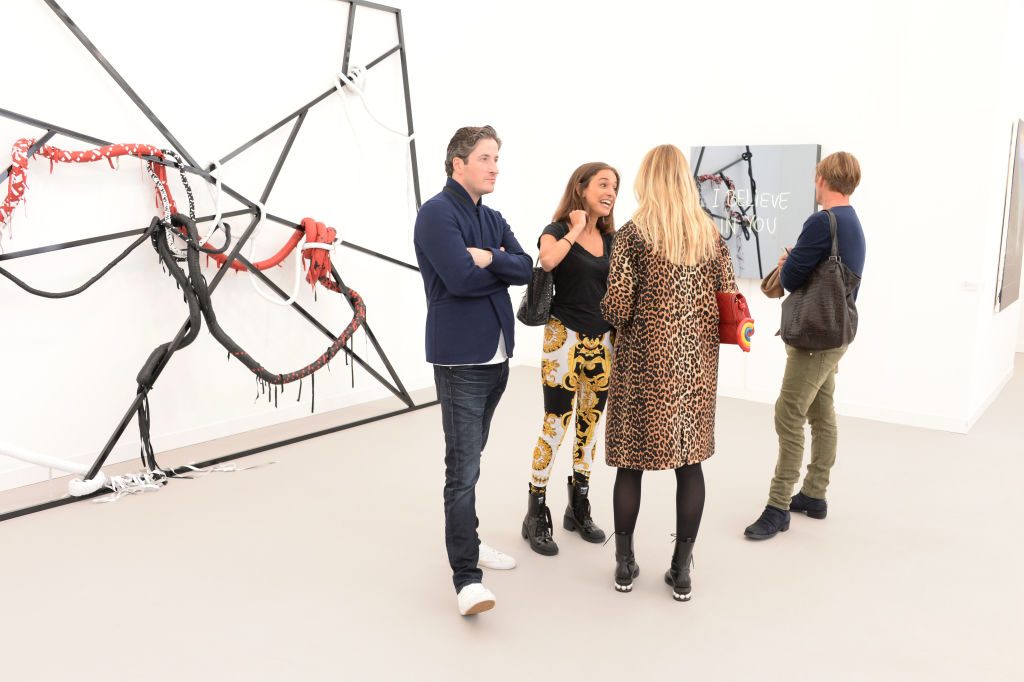Artnet News Pro
7 Common Misconceptions About How the U.K.’s Anti-Money-Laundering Rules Apply to the Art Market—Debunked
Today is the last day for businesses to register with the government.

Today is the last day for businesses to register with the government.

Naomi Rea

Art businesses in the U.K. have hit an important deadline.
A year and a half after the U.K. heightened oversight of the art market as part of a wider crackdown on money laundering, businesses are running out of time to officially register for government supervision.
Since last year, the anti-money laundering (AML) rules have applied to all art market participants (AMPs)—anyone who trades or brokers an art transaction, or series of linked transactions, worth €10,000 or more. (That includes dealers, auction houses, intermediaries, and freeports.) The regulations require businesses to conduct due diligence checks on their clients and transactions to prevent criminals from using art as a vehicle to launder money.
Thursday, June 10 marks the last day for art businesses to register with H.M.R.C., the U.K. equivalent of the I.R.S., which will monitor their compliance with the new rules. Failure to do so could result in hefty fines—and even jail time.
“Non-compliance is not an option,” said Azmina Jasani, a partner at Constantine Cannon LLP. “While some small to medium-sized art businesses might be tempted to dismiss these recommendations on the basis that they are onerous or expensive to implement, the cost of ignoring them could be far greater in the long run. Regulatory changes have occurred, with more on the horizon, irrespective of whether the art trade is ready to accept them.”
Indeed, similar rules are in force in the European Union, and lawmakers in the U.S. are also making moves to crack down on the art market. With that in mind, here are seven common misconceptions about the U.K.’s money-laundering regulations.

Photo by globalmoments/ullstein bild via Getty Images.
Some art market participants have mistaken today’s deadline for the final day for their business to become compliant with the new rules.
The regulations actually went into effect on January 10, 2020, and art market participants have been obligated to comply with them ever since. Today’s date marks the final deadline for businesses to officially register for money laundering supervision with H.M.R.C.
Artists who sell work worth €10,000 or more directly out of their studios have grown concerned that they must also comply with the rules, which may be onerous and expensive to implement.
But on June 2, the government confirmed that artists are not, in fact, considered “art-market participants” and therefore are not expected to comply. Artists who have already paid the fee to register with the government can arrange for a refund by contacting [email protected].
As part of the new rules, businesses are required to appoint an official compliance officer tasked with reporting suspicious activity to the government. While all staff should be apprised of the regulations and trained to recognize suspicious activity, it is not a good idea to leave this important role to a non-senior member of staff.
“AML regulations require the involvement of senior managers who have the autonomy to take commercial and legally consequential decisions, particularly in relation to making suspicious activity reports to the National Crime Agency,” said Susan J. Mumford, founder of ArtAML, a digital compliance company for the art market.
“Assigning roles such as Nominated Officer to junior or inexperienced members of staff is extremely unwise.”

Photo by Bill Hinton courtesy of Getty Images.
While emailing identity documents might seem like a convenient way to transmit the necessary information for due diligence checks, it is far from a watertight system and many art businesses have fallen foul of cybercriminals who have intercepted messages.
As an alternative, businesses can invite clients to share documents through WeTransfer or via password-encrypted files on secure platforms like WhatsApp and Microsoft Teams.
Mumford’s company, ArtAML, also offers a “remote upload” feature that enables collectors to securely upload their own documents straight to ArtAML’s cloud storage.
Some dealers believe that they can circumvent the hassle of conducting client due diligence by selling a work for just under the €10,000 threshold.
But that threshold applies not to the value of an individual work, but instead to the total value of the transaction, including tax and ancillary costs. And since the €10,000 amount is in EUR not GBP, the exact value will fluctuate based on the monthly exchange rate published on gov.uk.
Art advisors, in particular, need to be careful. “When it comes to art advisors, the value that triggers the need to conduct AML checks is not based on the amount that individual is receiving but the value of the transaction with which they’re directly involved,” Mumford explained. Just because your commission may be under €10,000 does not mean you are exempt from the rules if the total deal is worth more than that.
Some dealers think that they can outsmart the system by breaking up one large transaction into several smaller ones. But breaking a €10,000 transaction into two payments of €5,000 is considered a “linked transaction” and will still require customer due diligence to be carried out.
Mumford said there has been some confusion over what is classed as a linked transaction; it does not include multiple purchases over time by one client. “So: a deposit followed by a final payment are linked transactions. Four payments of £5,000 for a work of art costing £20,000 are linked transactions. A customer buying one painting for £4,000 and then another three months later for £8,000 are not linked transactions,” she explained.

Frieze London in 2018. Photo by David M. Benett/Dave Benett/Getty Images.
A lot of art businesses are afraid that asking to verify their clients’ identities and ownership information will drive away customers. While some clients may take some time to adjust to the new rules, the regulations apply to everyone and have been common practice for years at auction houses.
Steve Fuller, the compliance officer at Pilar Corrias, said clients have been “receptive and cooperative” to the process.
Pietro Vallone, chief financial officer and partner at Massimo de Carlo, noted that while some collectors can get confused by the requests for information, there is “a general understanding and sometimes even appreciation for such analysis.”
The consensus seems to be that the rules will require a little extra communication before finalizing a sale—but are unlikely to derail it. “As a gallery you need to change attitude: you are not questioning your collector, you are following the rules for everyone’s benefit,” Vallone said. “Closing a deal might take a few extra emails and maybe a few extra phone calls but the effort is certainly rewarded in the mid-term.”